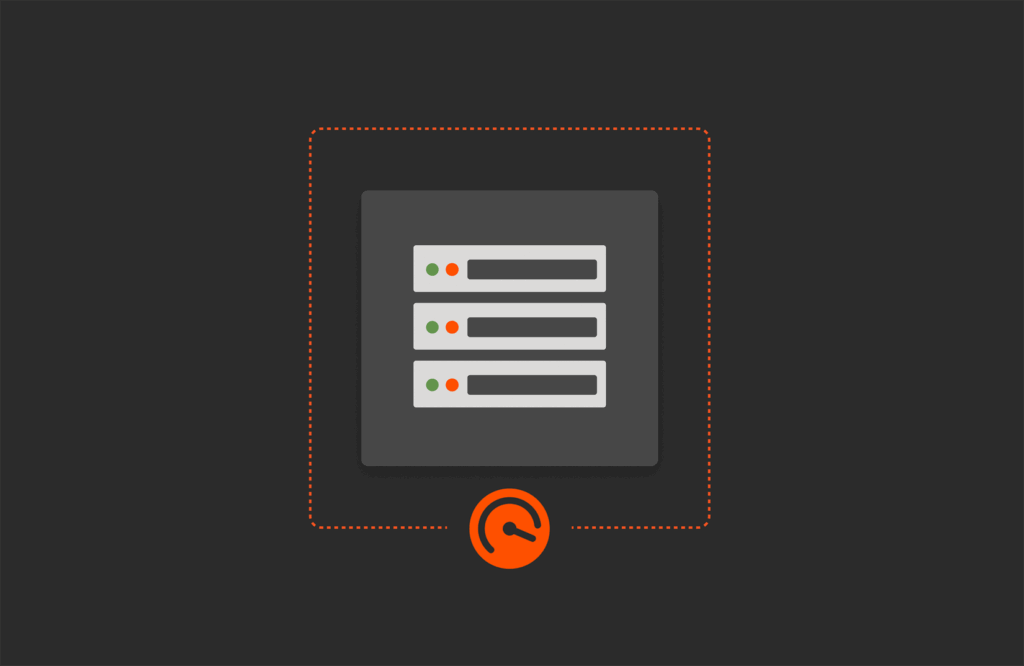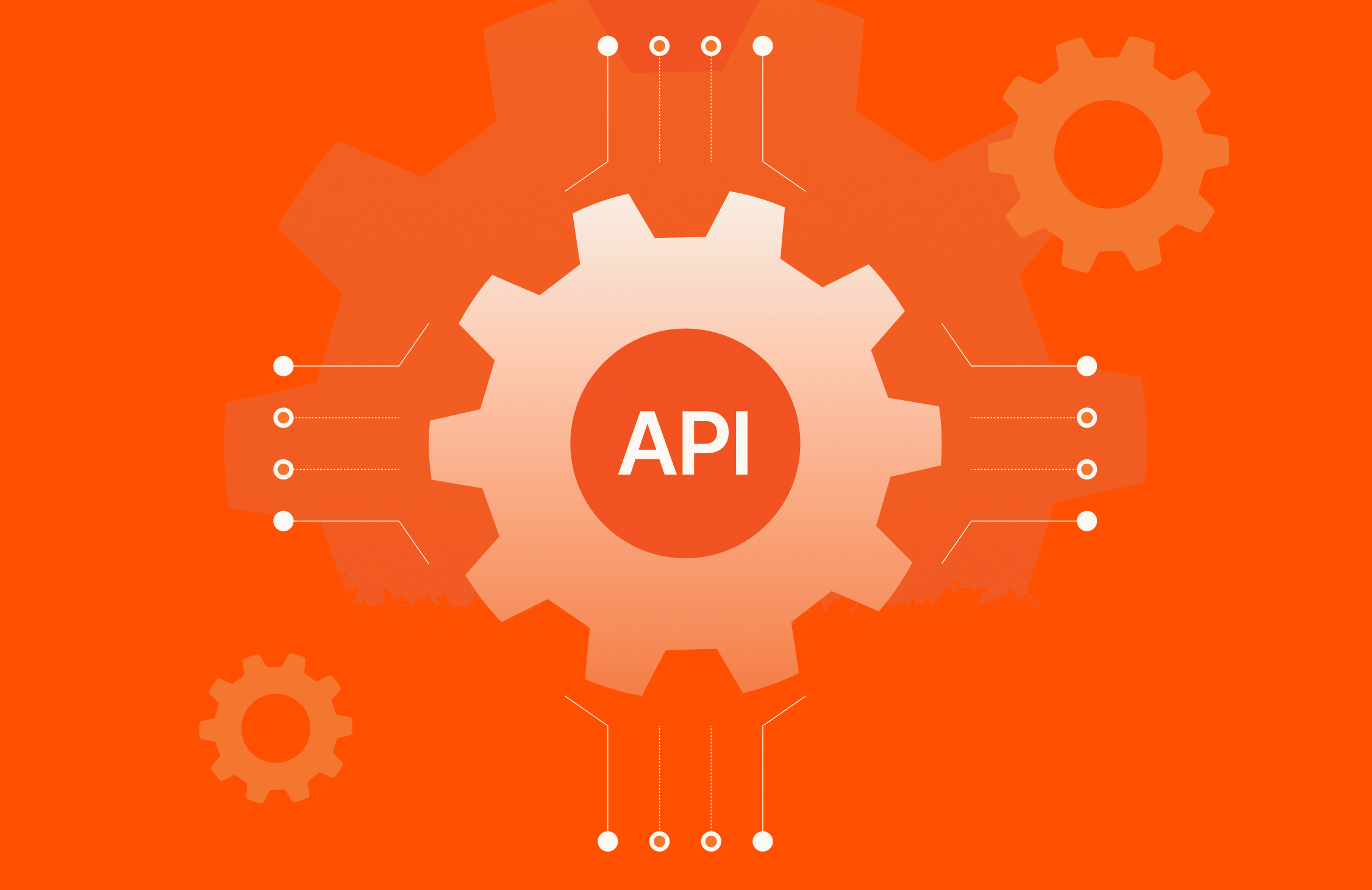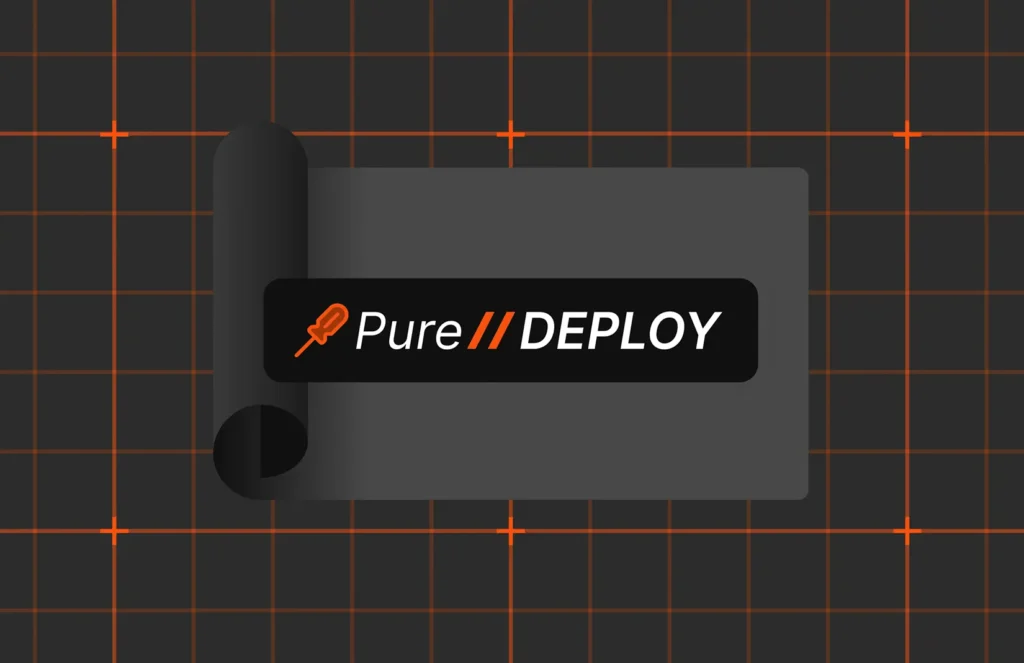Summary
Efficient data center operations rely heavily on automation via API integrations to lower soft cost spend and enable admin staff to reinvest their freed cycles in leveraging IT infrastructure as a competitive advantage for the business.
In my previous blog, we established that for IT organizations to operate hyperefficient data centers, they ust leverage system automation to address as many routine and recurring tasks as possible. This lowers soft cost spending, empowering admin staff to reinvest their freed cycles to focus on making IT infrastructure a competitive advantage for the business. API storage management is a huge part of these automations.
Application programming interfaces (APIs) are described as “software defined” because they orchestrate a logical and functional connection between disparate data center components without a human element being in the mix. To run a truly hyperefficient data center, API storage management is a truly elegant approach.
The Current API Ecosystem for Enterprise Storage
Almost all modern enterprise storage hardware and software technologies will offer a library of APIs, with RESTful access being the main method of managing requests. And, while this standardized way of enabling data center component interaction offers a lot of potential, each vendor’s API publishing strategy will be different depending on what is made available. Some vendors may choose to only publish ones that offer basic functionality, while others may offer a wide spectrum of access and control. API capabilities can also change between different versions of the storage operating system on an array. These inconsistencies can often prove to be a barrier for implementing effective workflow automations.
Pure Storage and API-first Design
The above-mentioned API implementation inconsistencies are common, especially with legacy vendors who still sell and support enterprise storage systems designed long before APIs were a concept. Pure Storage’s product development strategy is different by being API-first.
This ensures the most robust integration points possible from our data storage platform to not just other elements of the data center but also within our own product set. This reinforces one of our key design principles: enterprise storage should be simple to manage. API-led design also helps break the traditional silo mindset of enterprise storage and views it more as a contributor to reliable data center operations.
The Pure Storage API Landscape
Pure Storage platform APIs extend to all of our products and can be used together to accomplish solutions through automation.
If you’re working with a FlashArray™ system and want to integrate information from Pure1® or cross-reference data storage from a new FlashBlade® system, this can all be done easily through the Pure Storage API landscape.
Figure 1: The Pure Storage platform API landscape.
Pure Storage ensures a strict guideline of standards and policies is guided by a strong governance framework for all our platform APIs. This ensures consistency in the language and associated functions that are capable of being integrated and accessed by all of our products.
Figure 2: Pure Storage product API governance framework.
Pure Storage API engagement can natively be done at any of the defined layers below. By design, users, clients, and automations can interact at any one layer or a mix of multiple layers.
Figure 3: Pure Storage API engagement layers.
The product APIs at Layer 1 are part of the core Pure Storage endpoint operating systems (i.e., FlashArray, FlashBlade, and Portworx®). There is also a wide selection of language SDKs, such as PowerShell, Go, Ruby, Python, and more, that can provide a pathway to the APIs.
Infrastructure-as-code (IaC) frameworks can interact with our APIs using modules, providers, and direct REST methods. Pure Storage has also created direct integrations that work seamlessly with our platform to manage arrays, databases, and partner software. A storage administrator or developer can also leverage our platform APIs to be used within native and partner SDKs for automation. These workflows could then connect the file, block, and object resources within the Pure Storage platform to external integrations such as ServiceNow, Elastic, Prometheus, and others.
Where Does Pure Fusion Fit?
Prior to Purity version 6.8.1, it was only possible to manage, provision, observe, and define API and automation workflows by addressing each of the arrays individually. Pure Fusion™ expands that dynamic to fleet creation and management—a collection of storage endpoints to enable the ability to easily execute scripts and automation across the fleet. This fleet management and provisioning enables a single control plane for all of your storage endpoints, eliminating the burden of initiating commands and scripts against each and every array or looping through a manually maintained list of arrays.
Figure 4: Pure Fusion offers fleetwide API workflows from a single entry point.
Initially starting with FlashArray, Pure Fusion was expanded to include FlashBlade, both independently in homogeneous fleets, as well as mixed fleets. It also uses the AI capacity planning mechanisms of Pure1 within the fleet view in the UI of an array and will allow for that same experience via the Purity CLI. When creating automations for your infrastructure, combining the power of Pure Fusion, the Pure1 API, and bare metal and software integrations enables a complete solution for your data center storage infrastructure.
Sample Use Case #1: Leveraging APIs for Services Integration to vRealize Orchestrator
VMware’s vRealize Orchestrator can harness the power of the Pure Storage Plugin and APIs to perform automated workflows for your storage infrastructure. When you enter the Pure Storage options menu in Orchestrator, you can perform tasks such as creating a volume, getting host and volume information, configuring replication, copying volumes, and much more. As an additional benefit, you can also create custom REST operations that could include tasks such as creating a service desk ticket for volume creation, routing information from a fleet of arrays to agents for confirmation, or closing a ticket after a successful volume resizing operation. This provides you with an efficient and documented workflow automation with Pure Storage from start to finish with your API-enabled ticketing system.
Figure 5: Pure Storage options listing in VMware vRealize Orchestrator.
Figure 6: Example FlashArray management options listing.
Sample Use Case #2: Leveraging APIs for Internal Pure Storage Platform Integrations
By utilizing the APIs provided by the Pure Storage platform, automated workflows between resources, objects, and devices can be addressed seamlessly using any number of available SDKs or simple REST queries. We host several examples in our GitHub repositories that can also be found via a simple web search.
A sample use case would be an end-to-end provisioning process that starts by creating a host on a FlashArray system, creating a volume for that host and connecting it, and then pulling metric data from both the FlashArray system and Pure1 to correlate how the array is using internal resources like array CPU, memory, and network bandwidth. Let’s say you want to do this to a fleet of arrays and not just a standalone array. This is possible with Pure Fusion because it lies within the Pure Storage platform Purity API. Using Purity and Pure1 APIs, you can create a complete automation that initiates the process to the fleet.
To recap, this could be done via an SDK or direct REST calls that:
- Make an API call to the fleet to create the host on a specific array within the fleet.
- Do the same for the volume and connect it.
- Use the performance API endpoint to pull metric data from the array for the host and volume.
- Utilize the Pure1 API to retrieve metric data on the array and correlate it within a spreadsheet or database.
Get to Know More about Pure Fusion and Pure Storage Platform APIs
Pure Storage’s API-first design and Pure Fusion enable a lot of automation and integration possibilities into the data center to lower management soft costs and greatly speed up time to service.
Learn more about Pure Fusion or take it for a spin on our Test Drive website (login required).
Read More from This Series

Part 1: Getting More from the Hyper-efficient Data Center

Part 2: The Rule of 30-30-30

Part 3: API Integrations

Gain a Competitive Advantage
Enable fleet-wide storage automation and integration with Pure Fusion.







